Scots manufacturing: time to revive Enlightenment traditions
 First published by the Scottish Manufacturing Advisory Service, May 2016
First published by the Scottish Manufacturing Advisory Service, May 2016Why it’s time for Scottish manufacturing to revive Enlghtenment traditions
A little more than two months after the May 2015 general election, Chancellor George Osborne woke up to an important issue facing the British economy: low productivity. Since then he has rarely returned to the subject, but the difficulty has worsened. For Scotland, the likely continued revival of oil prices means that much of the pain now endured by manufacturers supplying North Sea drilling companies may be transient. Yet low productivity is a deeper and more durable problem for Scottish manufacturing than today’s Brent crude selling at just $47 a barrel.
What can be done? No doubt Scotland doesn’t differ from other nations, in that manufacturing can boast a better productivity record there than services. But, in the international race for competitiveness, do not imagine that China’s only advantage over Scotland’s country’s makers is low wages. Aside from the US automotive industry, the main demand for industrial robots now comes, and will continue to come, from China – as the charts below show (please click one to open the source report):
To be competitive with China’s level of automation, Scots manufacturers will need to get much more automated themselves.
The portents are good. Three universities in Scotland offer no fewer than 19 postgraduate degrees in Artificial Intelligence, a key aspect – if an overhyped one – of automation. As the SMAS makes clear, Glenbervie food ingredients manufacturer Macphie has adopted robotics and automation, In the related programming and making of robots for undersea use, companies such as SeeByte, a software house, as well as 11 Scots secondary schools have expertise. The need now is to consolidate and integrate all of Scotland’s knowledge around AI and robotics, and apply it more directly to mainstream Scots manufacturing than has been the case in the past.
Much the same can be said for advanced materials in Scotland. To its credit, Scottish Enterprise’s 2012 report on the subject has nearly as much to say about the potential of one miracle material – carbon – as it does about the familiar downsides of CO2. Nevertheless, the general consensus in Scotland, as elsewhere, is that, just as automation and robots are about to take our jobs, so too much wealth in the form of materials, rather than services, is bad for personal happiness and the global environment.
Such a political and cultural atmosphere won’t help Scottish manufacturing, and deserves a challenge. Around the world, evidence for automation taking jobs at present is very thin – the investment necessary is just not happening. And, for all the concern to reduce and recycle materials, we can and must ask: whatever happened to all the possibilities with graphene? Though first extracted in England in 2004, it has received startlingly few practical applications on either side of the border.
These things need to change. More than any single process or product, Scots manufacturing needs, even more than it is already doing, to develop arguments, teach and publicise the romance of engineering, its ingenuity, its power to save people time and improve the quality of their lives.
Now is the time to end any defensiveness and get on to the front foot. There’s no need to be nostalgic or sentimental about past achievements; there’s every need to uphold manufacturing as a uniquely humanistic endeavor, conferring nobility on those who organise it and bringing progress – and, yes, productivity – to those who purchase its outputs.
Today, the humanities and the arts are often preferred to manufacturing. But the philosophers of the Scottish Enlightenment refused to accept such facile distinctions. Hume and Smith didn’t always agree; but they spoke the same language. They understood the Man bit of Manufacturing. In a new way, for the 21st century, Scotland should and can revive that outlook.
Fmr President of Kenya on Trump cutting off foreign aid:
“Why are you crying? It’s not your government, he has no reason to give you anything. This is a wakeup call to say what are we going to do to help ourselves?”
America first is good for the world.
Our entire Green Socialist establishment should be banged up under the ‘Online Safety’ laws, for spreading demonstrable lies (the ‘climate crisis’), causing non-trivial harm to the industrial working class, ordinary drivers, farmers, taxpayers etc, etc.
#Chagos? #Mauritius PM Navin Ramgoolam "is reported to want Starmer to pay £800m a year, plus ‘billions of pounds in #reparations’." (14 January) https://www.spiked-online.com/2025/01/14/the-chagos-islands-deal-is-an-embarrassment/
Now the Torygraph wakes up https://telegraph.co.uk/gift/1ff8abbb462cd609
Read @spikedonline - first with the news!
Articles grouped by Tag
Bookmarks
Innovators I like

Robert Furchgott – discovered that nitric oxide transmits signals within the human body
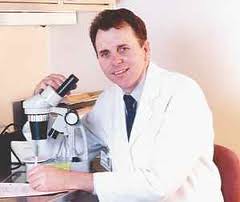
Barry Marshall – showed that the bacterium Helicobacter pylori is the cause of most peptic ulcers, reversing decades of medical doctrine holding that ulcers were caused by stress, spicy foods, and too much acid

N Joseph Woodland – co-inventor of the barcode
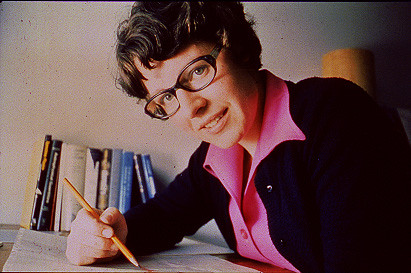
Jocelyn Bell Burnell – she discovered the first radio pulsars

John Tyndall – the man who worked out why the sky was blue

Rosalind Franklin co-discovered the structure of DNA, with Crick and Watson

Rosalyn Sussman Yallow – development of radioimmunoassay (RIA), a method of quantifying minute amounts of biological substances in the body

Jonas Salk – discovery and development of the first successful polio vaccine

John Waterlow – discovered that lack of body potassium causes altitude sickness. First experiment: on himself
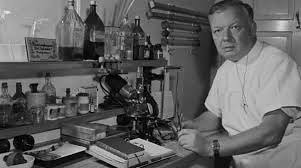
Werner Forssmann – the first man to insert a catheter into a human heart: his own

Bruce Bayer – scientist with Kodak whose invention of a colour filter array enabled digital imaging sensors to capture colour
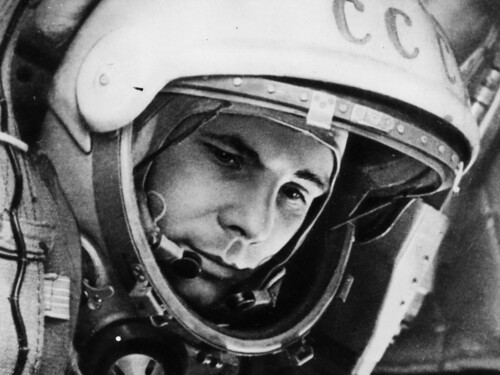
Yuri Gagarin – first man in space. My piece of fandom: http://www.spiked-online.com/newsite/article/10421

Sir Godfrey Hounsfield – inventor, with Robert Ledley, of the CAT scanner

Martin Cooper – inventor of the mobile phone

George Devol – 'father of robotics’ who helped to revolutionise carmaking

Thomas Tuohy – Windscale manager who doused the flames of the 1957 fire

Eugene Polley – TV remote controls

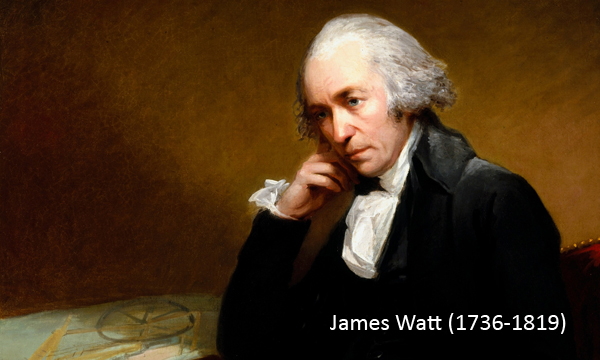
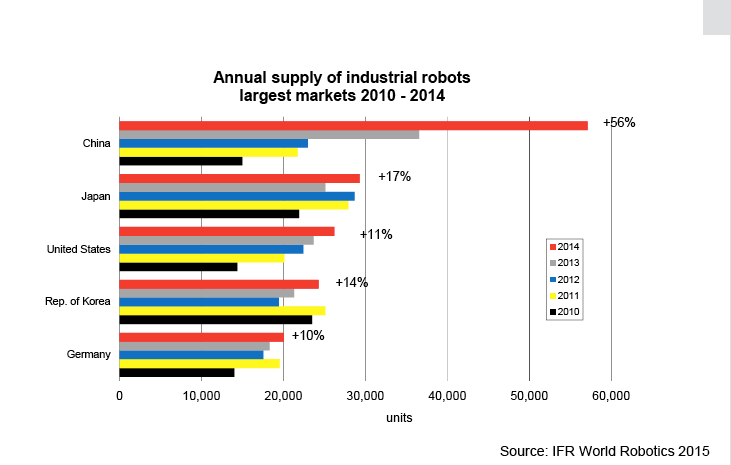
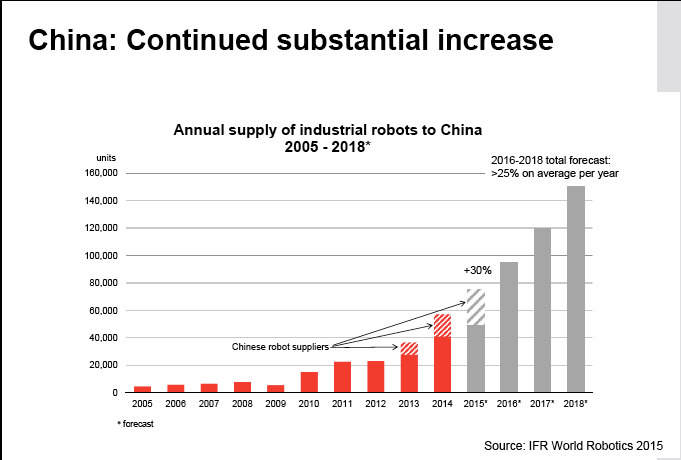
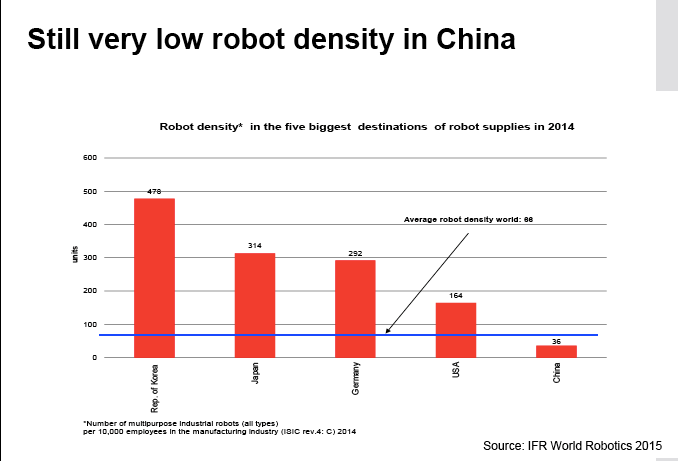

0 comments